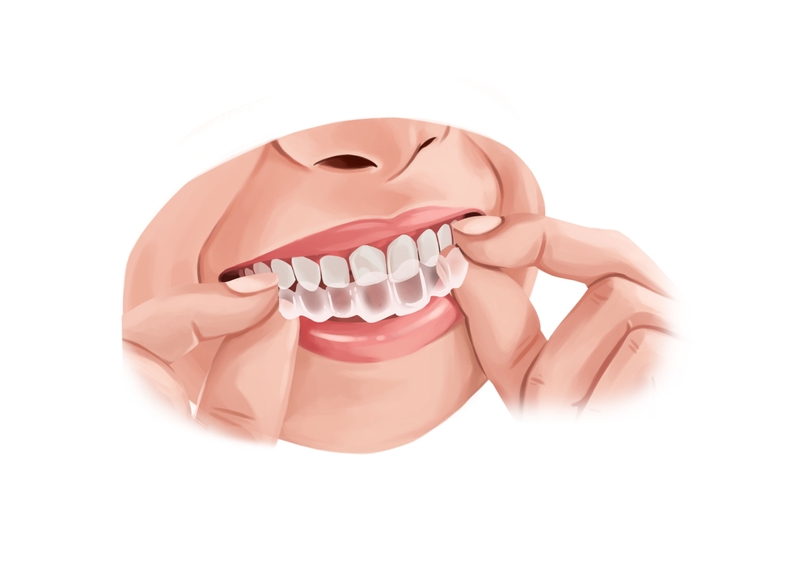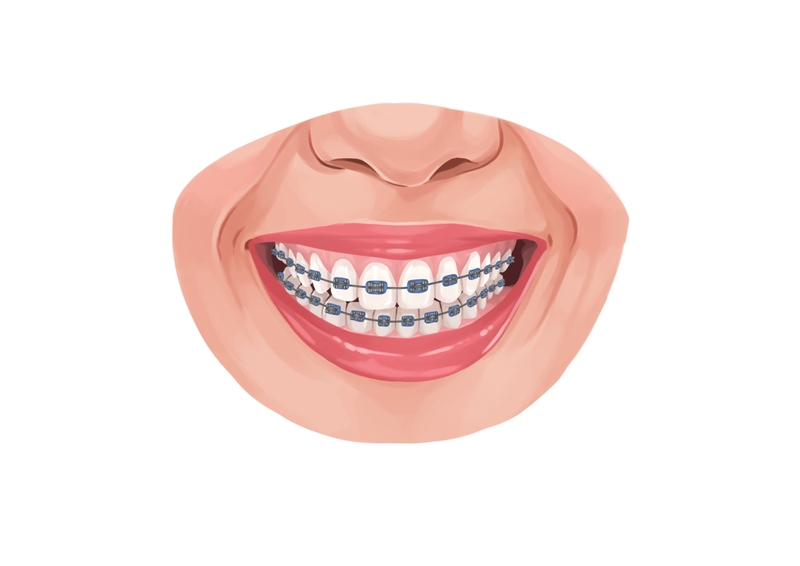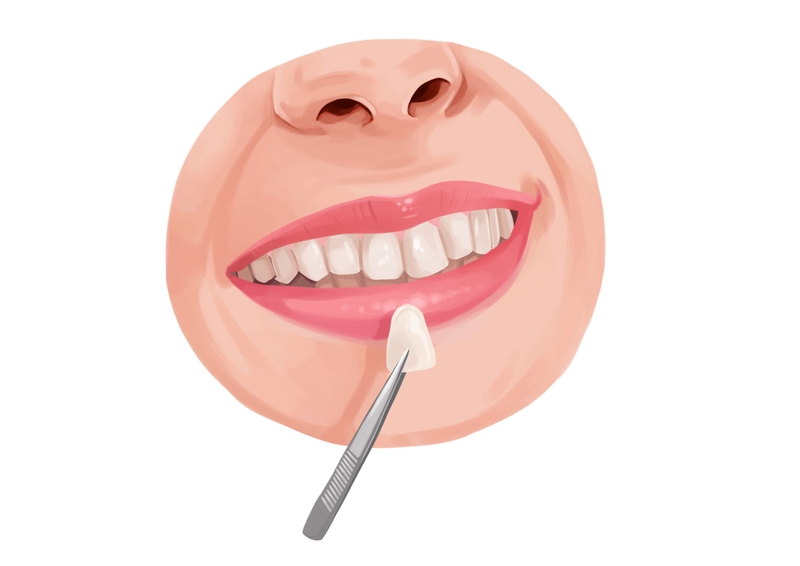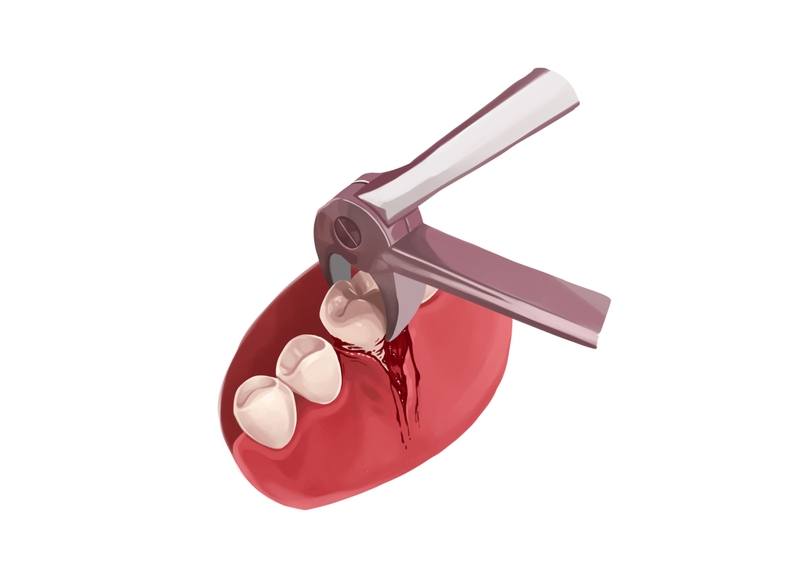- An overjet is known as the outward protrusion of front teeth. It creates a horizontal space between the maxillary anterior teeth and the mandibular anterior teeth.
- Genetic factors and early childhood habits are common causes of overjet.
- An excessive overjet can have a negative impact on oral and general health. It can lead to toothaches, headaches, jaw pain and other problems.
Transform your smile for a great price. Use Authority Dental to find cheap dental care in your city.
What are the best ways to correct overjet teeth? Here's what you should know.
What is overjet?

Picture by Authority Dental under CC 2.0 license
An overjet occurs when the maxillary anterior teeth protrude outward. There is a large horizontal space between the maxillary anterior teeth and the mandibular anterior teeth. This condition is sometimes referred to as “buck teeth.”
Overjet vs. overbite
It’s easy to get these two terms confused. As we just described, an overjet is more of a horizontal presentation. The maxillary anterior teeth stick out further than the mandibular anterior teeth. While everyone should have a slight overbite so that the teeth do not occlude end-to-end, it should not be noticeable.
In an overbite, there is a deep vertical overlap. The maxillary anterior teeth overlap the mandibular anterior teeth. Like the overjet, a small overbite is good, but the two arches should only overlap by about 1-2 mm or one-third of the tooth structure.
What causes overjet?
An overjet can be caused by genetics, but it is more often caused by early childhood habits. This includes:
thumb-sucking,
tongue-thrusting, or
prolonged use of a pacifier.
These activities all put undue pressure on the teeth and cause them to splay outward over time.
Is an overjet bad for you?
An excessive overjet can negatively impact your oral and overall health. Some of the negative consequences of an overjet include:
headaches,
jaw pain,
difficulty chewing,
difficulty swallowing,
pain with eating and swallowing,
speech impediment (lisps or slurs).
How to fix an overjet?
There are several ways to correct an overjet. You will need to consult with your general dentist or orthodontist to find out which method(s) you are a candidate for.
Braces

Picture by Authority Dental under CC 2.0 license
Braces are a common way to correct any kind of malalignment. Traditional braces consist of metal brackets and wires that move the teeth into the correct position over time. You’ll need to see an orthodontist if you want to use braces to correct your overjet. Once treatment begins, you’ll have periodic visits to the office so that your orthodontist can tighten the wires.
The length of time needed for braces to correct the overjet will depend on the severity of the overjet. Your orthodontist will need to make models of your teeth, take measurements, and get several radiographs. Most individuals wear braces for approximately 24 months.
Dental bonding

Picture by Authority Dental under CC 2.0 license
Dental bonding is a procedure where a dentist places composite resin on your teeth to reshape them. This is the same material that is used to restore teeth when they have decay. While bonding can be a great option in some cases, it will not help with the appearance of a severe overjet. Also, bonding can wear down overtime, so it is not a great long-term solution and does not actually correct the alignment of the teeth.
Veneers

Picture by Authority Dental under CC 2.0 license
Veneers are similar to dental bonding in that they also transform the shape of the teeth. However, they are a more permanent procedure, even if they do not correct the alignment. A veneer is fabricated at a dental lab and then permanently cemented to the front of the tooth. This will make a crooked tooth appear straight and may make an overjet less noticeable. As with dental bonding, this is not a great option for severe overjets.
Crowns

Picture by Authority Dental under CC 2.0 license
Crowns are the same as veneers, but instead of only covering the front side of your tooth, they cover the entire tooth (or crown). A crown has less likelihood of coming off or breaking, but does require the dentist to remove more tooth structure, thereby weakening the tooth. Again, a crown is not a good option for those with severe overjets.
Teeth removal

Picture by Authority Dental under CC 2.0 license
Removal of teeth is only recommended in rare cases. Prior to orthodontic treatment, some orthodontists may recommend removing one or more premolars to make room for the other teeth to shift into place. This is a somewhat older method and is not common anymore.
FAQ
Does overjet get worse with age?
Which is corrected first overjet or overbite?
How long does it take to fix an overjet?
Can I correct the overjet at home?